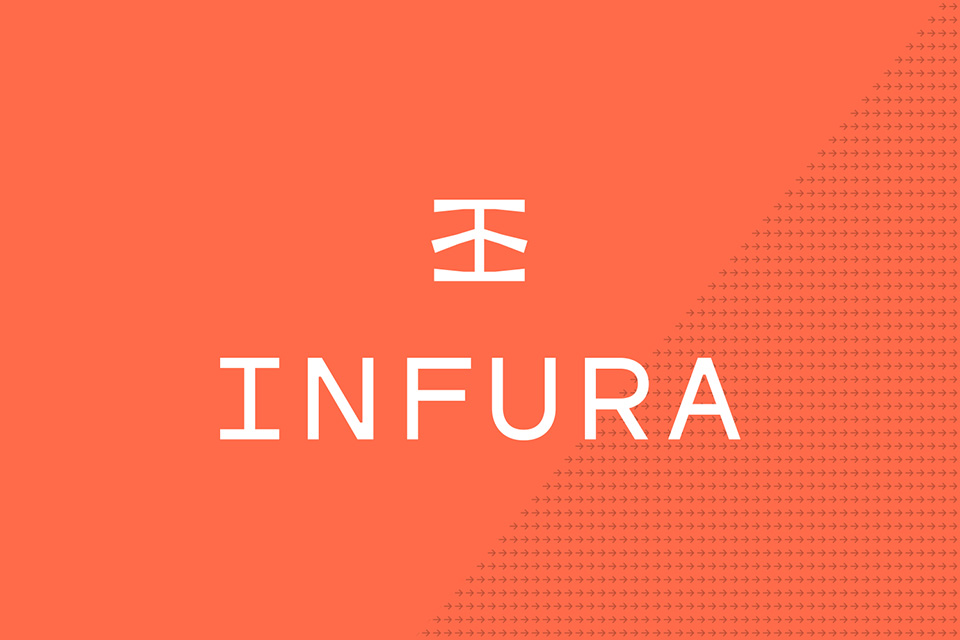Infura, the blockchain infrastructure heavyweight owned by ConsenSys, recently announced a lofty plan to decentralize its services by the end of 2023. The move aims to create a network governed by multiple entities, fortifying it against the potential pitfalls of centralized failure. While the buzz around the decentralized version of Infura is palpable, the governance structure remains in the shadows—will it adopt a Decentralized Autonomous Organization (DAO) or a traditional foundation model?
Navigating the Infrastructure Seas
In the blockchain industry, Infura stands as a linchpin that fuels Infrastructure-as-a-Service (IaaS), serving a myriad of decentralized applications and Web3 wallets, including MetaMask. Its service is tantamount to a fast-pass lane for blockchain API access, significantly benefiting decentralized ecosystems. The move towards a decentralized version of Infura is geared toward retaining this high-throughput accessibility while eliminating the risks associated with a single point of failure.
Phases of Decentralization: The Federated Inception
Tom Hay, the Decentralized Infrastructure Product Lead at Infura, illuminated the roadmap. According to Hay, the initial rollout is planned as a “federated phase,” with a capped number of launch partners. This stage, slated to kick off by the end of 2023, aims to last for a minimum of six months. The period will serve as a data-rich testing ground, imparting invaluable insights for building a sustainable architecture before ushering in further decentralization.
Governance Enigma: DAO or Foundation?
The anticipated decentralization comes with a governance question mark. Whether to funnel the decision-making through a DAO or solidify it within the framework of a foundation is still under consideration. It’s a crucial piece of the puzzle, given that the governance model could affect the operational dynamics and community engagement levels of the decentralized network.
Early Access and the Future of Infura
Infura isn’t just sketching blueprints; it’s actively paving the way for the forthcoming transformation. An early access program has already been launched, offering a tantalizing glimpse of what the decentralized Infura ecosystem might look like.
In sum, Infura’s quest for decentralization doesn’t merely signify an organizational shift; it symbolizes an industry-wide pivot toward a more resilient, diversified, and robust future. While the final governance structure remains a mystery, what is abundantly clear is Infura’s commitment to elevating the blockchain infrastructure to unprecedented heights of stability and efficiency. This isn’t just an upgrade; it’s a metamorphosis in the blockchain infrastructure arena.



